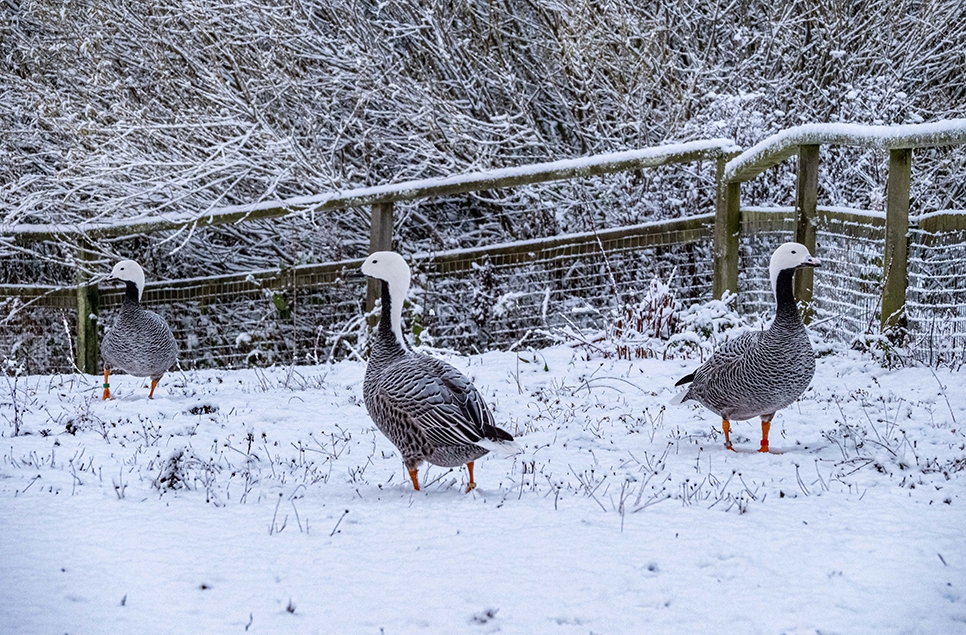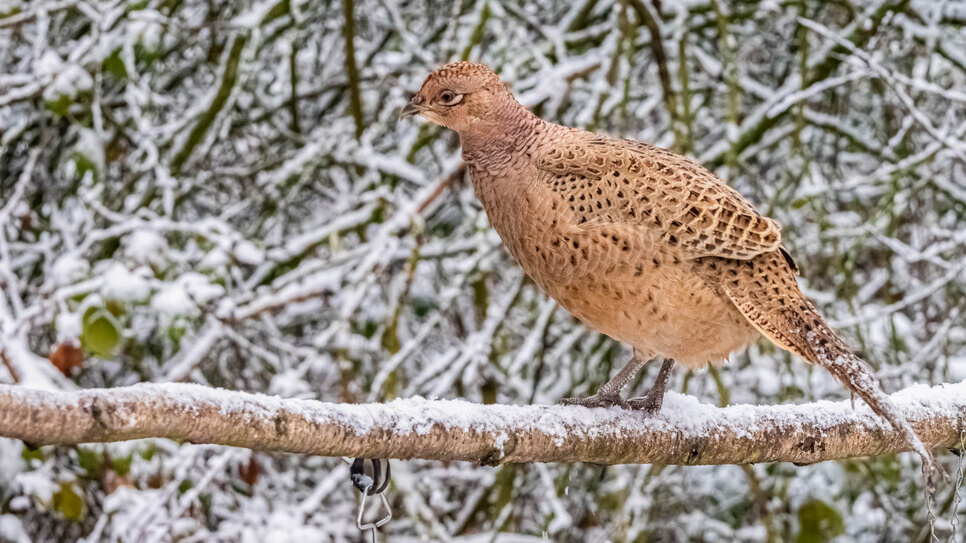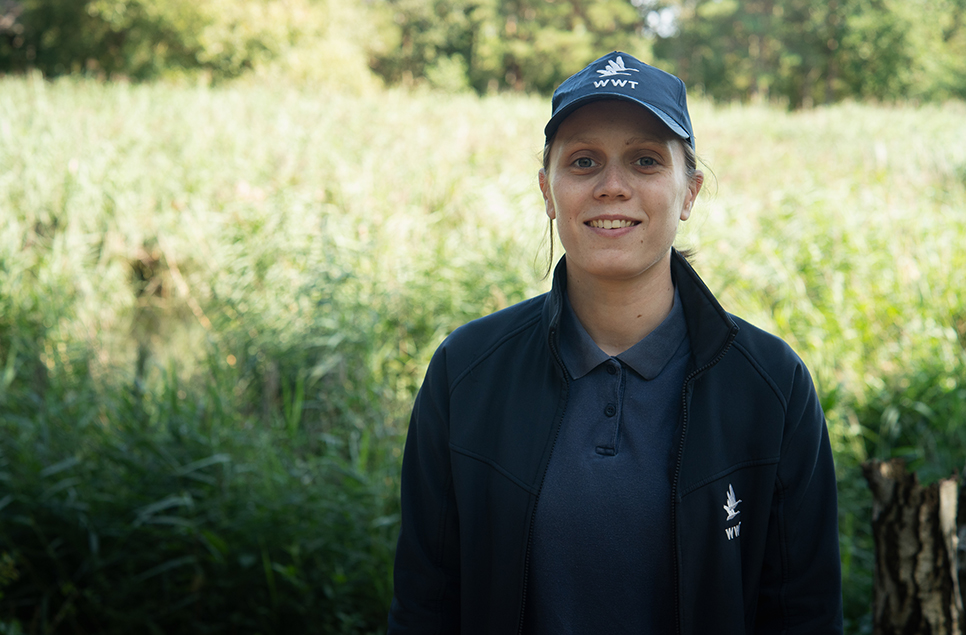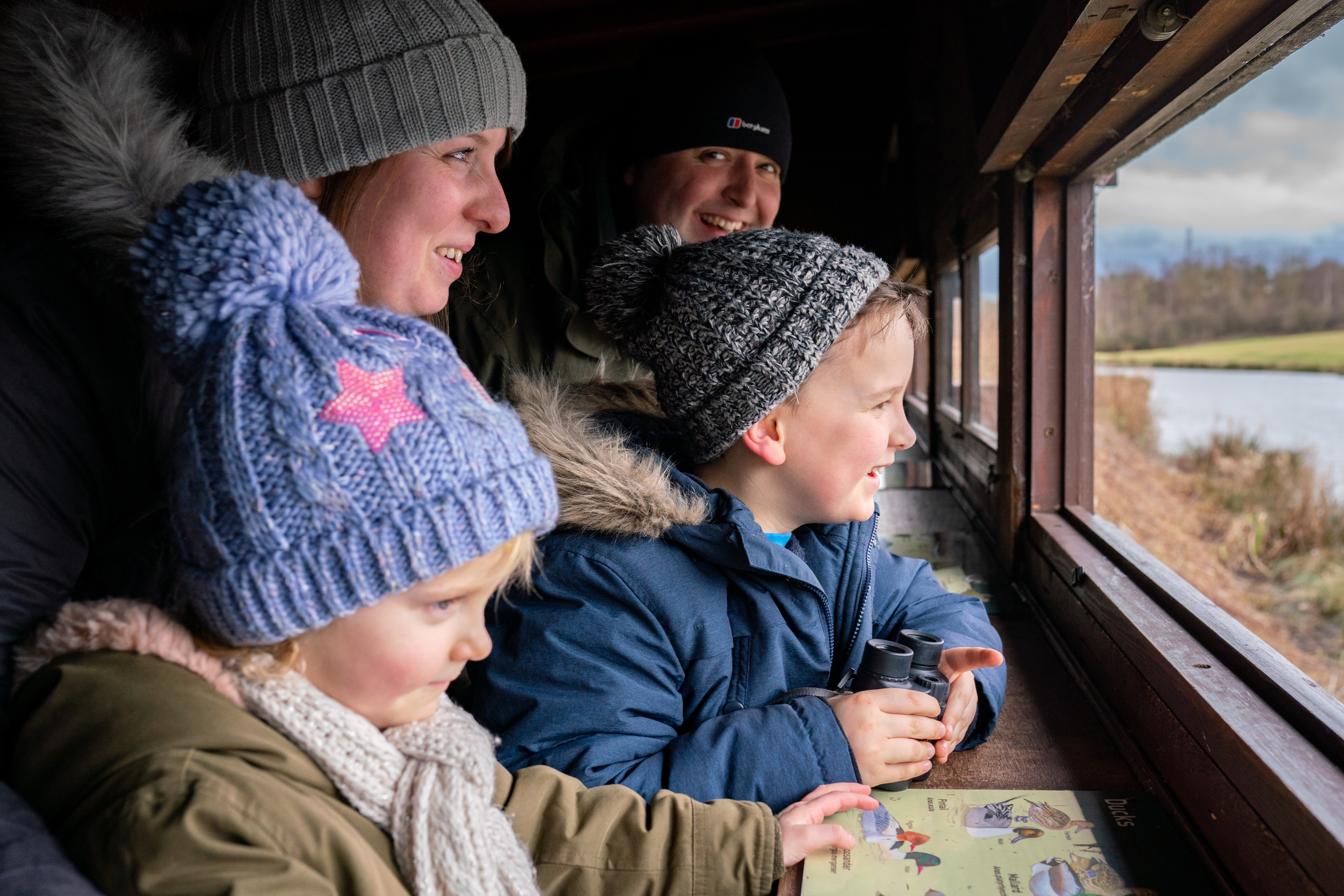Mud glorious mud!
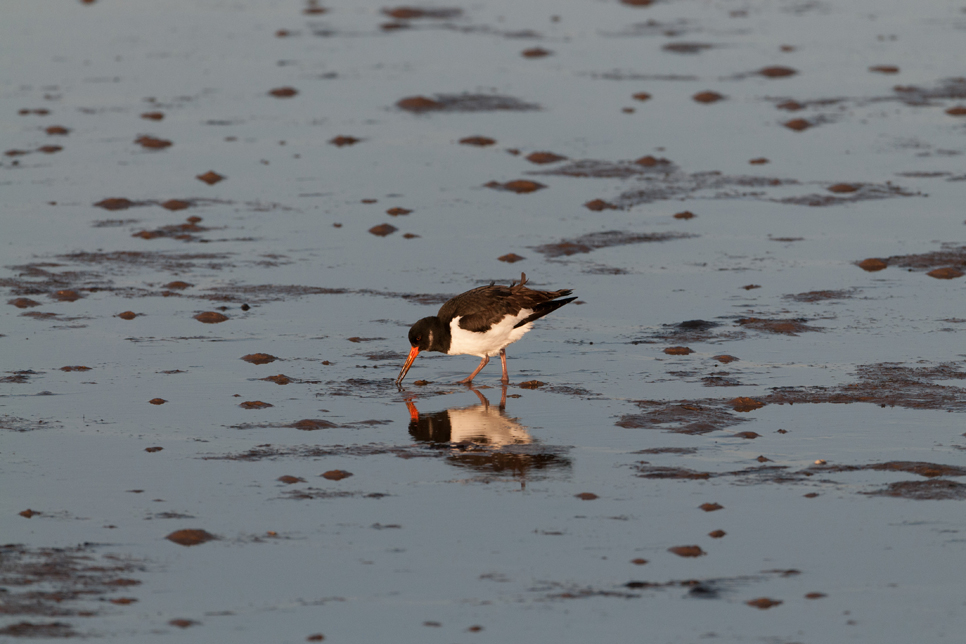
Today is #InternationalMudDay. We love mud here at Washington Wetland Centre, but it is something that is so often overlooked. It offers a great food source, protection and is a huge carbon store. Here's just a handful of the reasons why we think mud is truly marvellous!
Mud found in wetlands is a huge carbon store and could be one of the biggest natural solutions to global warming. Carefully managed wetlands such as WWT Steart Marshes demonstrate first hand the process of saltmarshes as a 'working wetland 'and how this can can play a part in helping the climate crisis. Read more
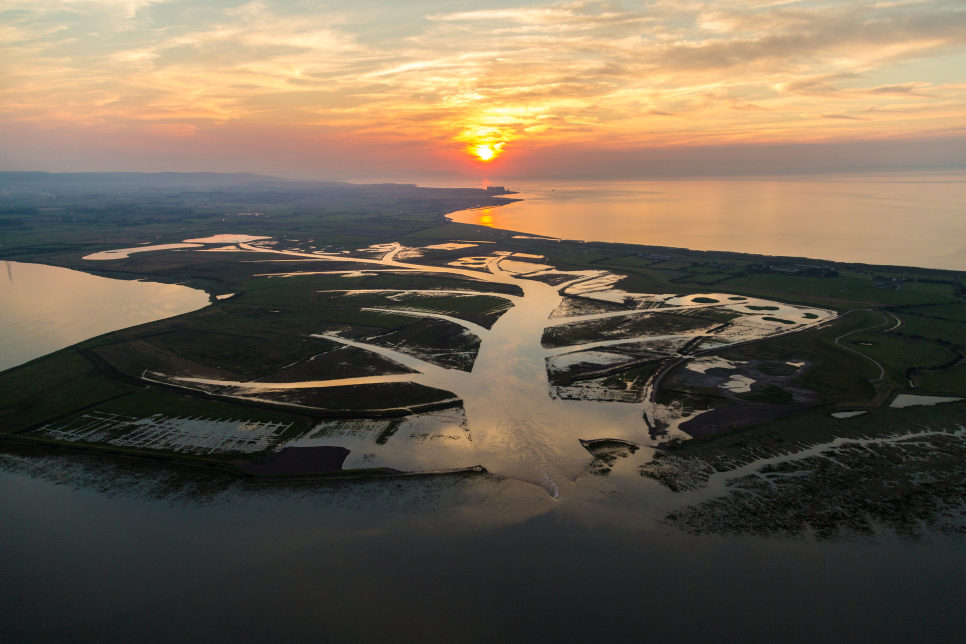
Mud hides millions of tiny creatures that many animals and birds rely on for food. On Wader Lake during low water levels, exposed mud is a great place for wading birds to hunt for prey including worms and molluscs. Youngsters such as this avocet chick get good practice using their bills to search for food in mud too!
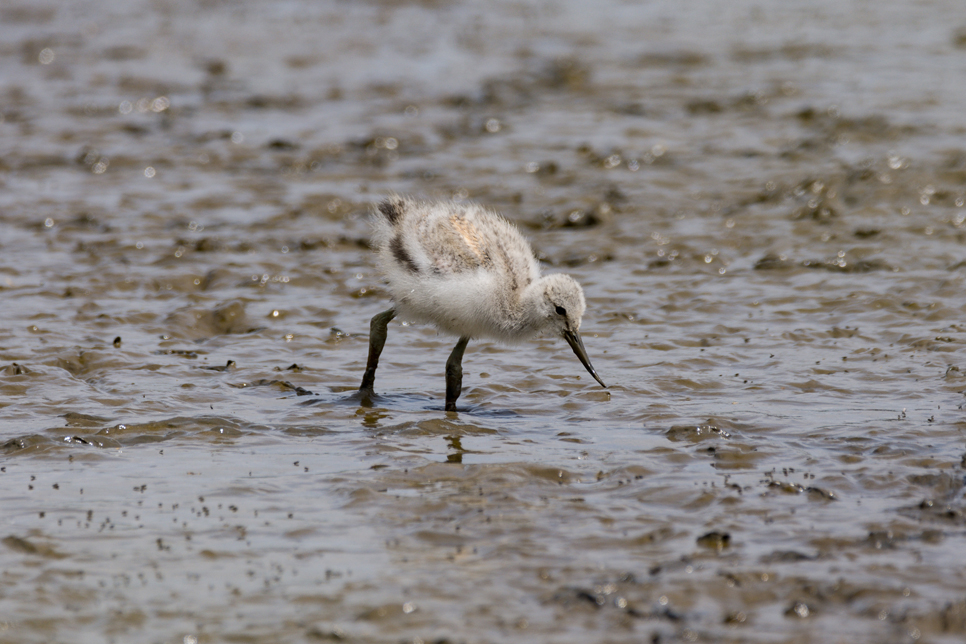
It can be made into nests - flamingos build tall muddy nests to raise their young away from the acidic waters of their native homes. These tall nests can be over a foot high and protect the young from rising water and land predators. Flamingos will lay one single egg on top of the mud mound before incubating, using their beaks to continually drag more mud onto their nest.
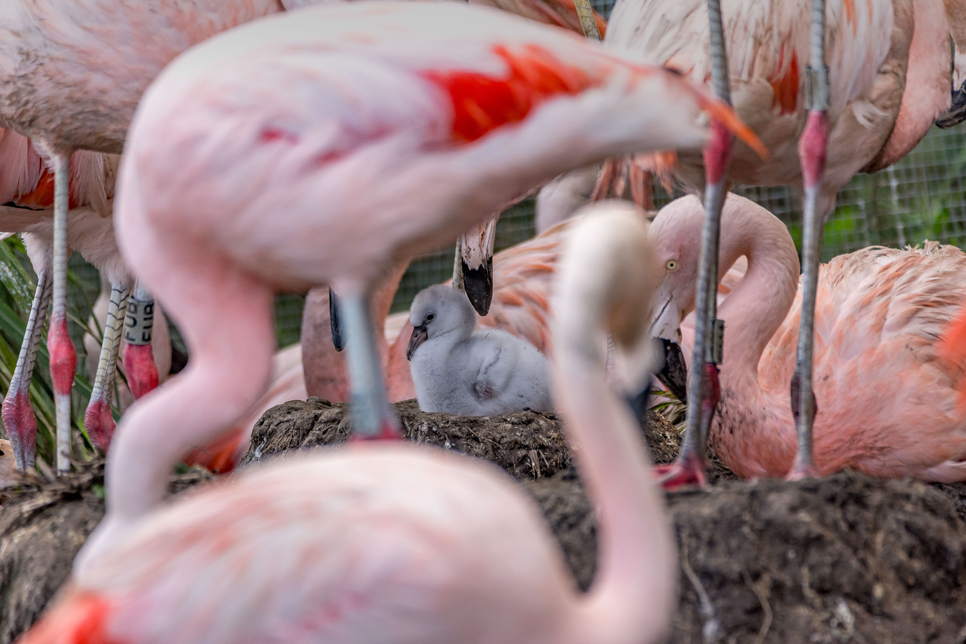
Smaller birds such as swallow and house martin also build their nests using mud. Swallow go backwards and forwards up to 1000 times scooping up small clumps of mud to sculp their nest before lining with feathers and straw. Youngsters can often be seen mouths wide open in anticipation of incoming food from their parents!
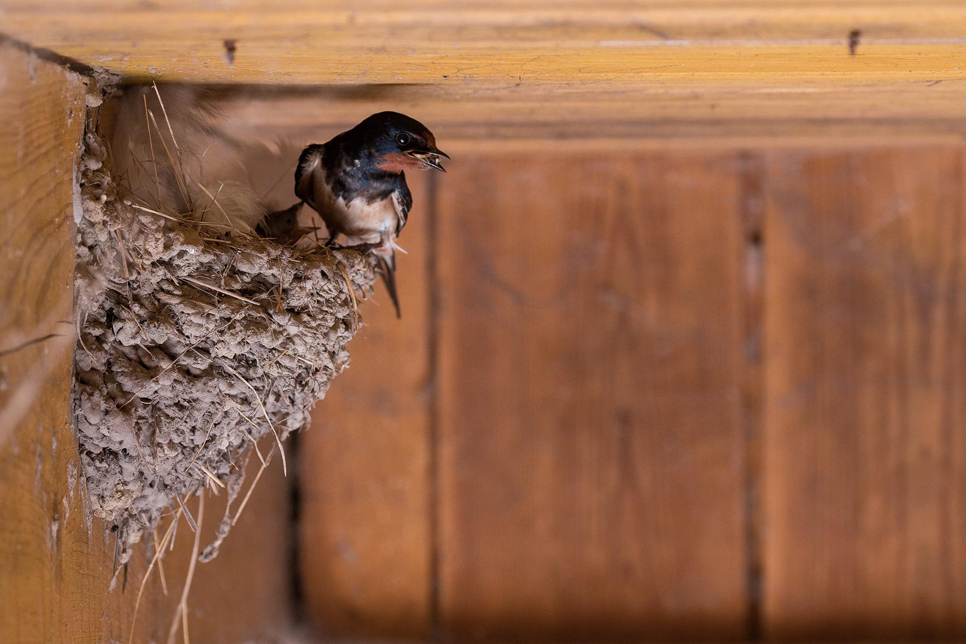
Mud is the perfect surface for highlighting animal tracks and help us see what animals are living around our reserve. Roe deer, fox and European otter tracks are regularly found around Spring Gill, the river viewpoint and Saline Lagoon areas.
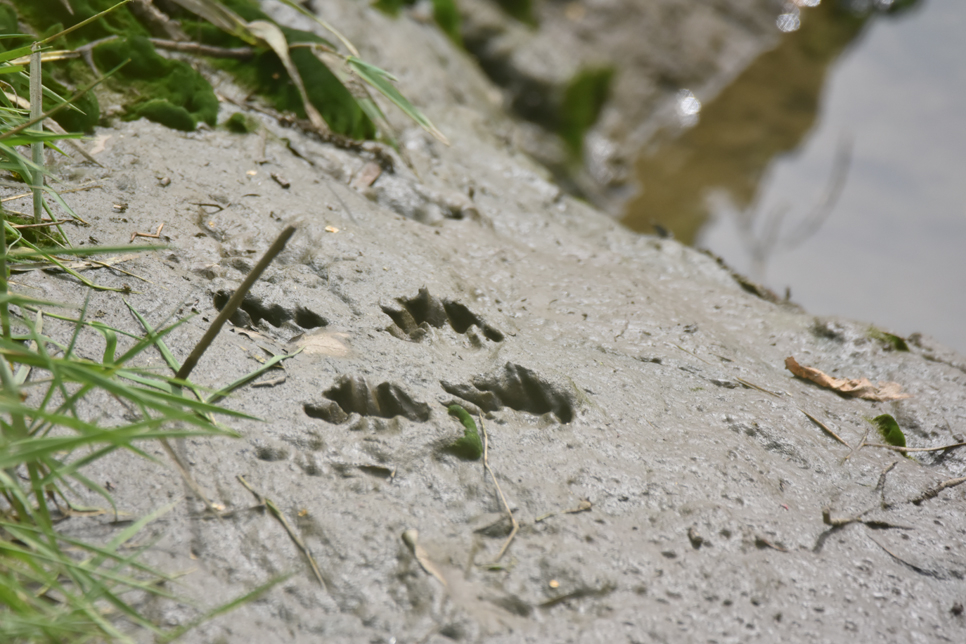
So next time you think about mud, think about its role in our diverse ecosystem and the bigger part it could be playing against a global problem. It really is amazing!
Ready to visit?
If you've been inspired to explore Washington Wetland Centre, find out more and plan your visit online.
Plan your visit